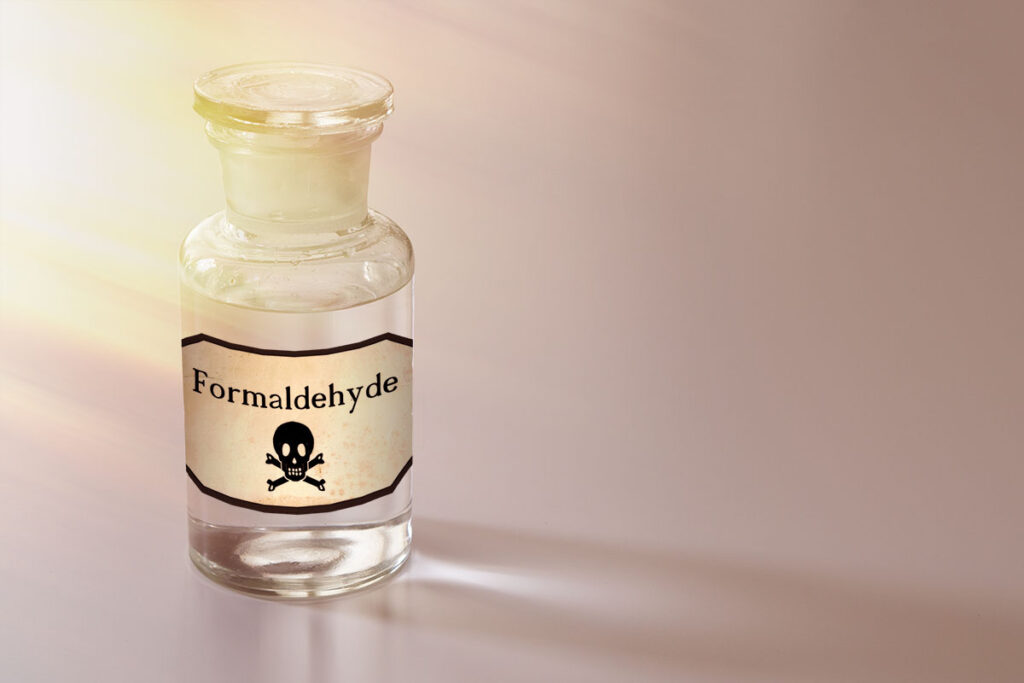Blog
Formaldehyde SDS – Safety, Risks, and Proper Handling
Formaldehyde SDS (Safety Data Sheet) is an essential document for anyone handling formaldehyde in workplaces or laboratories. It outlines the potential hazards, safe handling, storage, and disposal instructions for this chemical. Knowing how to interpret and apply the information from a formaldehyde SDS can significantly improve safety and compliance with health regulations.
In this article, we’ll take a deep dive into the critical aspects of a formaldehyde SDS and explore how this document can help safeguard your workplace.
What is Formaldehyde?
Formaldehyde is a colorless, strong-smelling gas commonly used in building materials and household products like resins and adhesives. It’s also used in laboratories for preservation and sterilization. Despite its wide use, formaldehyde is a hazardous chemical, and exposure can lead to various health issues, making formaldehyde SDS vital for safety.
Why is the Formaldehyde SDS Important?
The formaldehyde SDS plays a crucial role in workplace safety. It provides comprehensive information about formaldehyde’s properties, potential hazards, and how to work with it safely. OSHA (Occupational Safety and Health Administration) requires that all hazardous chemicals, including formaldehyde, be accompanied by an SDS. The document is designed to help protect employees from chemical exposure and minimize risks in the workplace.
Sections of a Formaldehyde SDS
A formaldehyde SDS is divided into several sections, each covering different aspects of the chemical’s safety profile.
1. Identification
This section of the formaldehyde SDS includes basic information such as the chemical’s name, its common uses, and details of the manufacturer or distributor. It also contains emergency contact numbers for situations requiring immediate assistance.
2. Hazard Identification
The hazard identification section outlines the dangers associated with formaldehyde exposure. Common risks include respiratory irritation, skin sensitization, and long-term exposure leading to more severe health effects like cancer. Formaldehyde SDS classifies this chemical as carcinogenic, requiring caution when handling it.
3. Composition and Ingredients
This part of the formaldehyde SDS specifies the chemical composition of formaldehyde, including any additional ingredients that may pose risks. Knowing the exact composition is critical for workers to understand what they are exposed to.

4. First Aid Measures
Accidents happen, and this section of the formaldehyde SDS explains how to provide first aid in case of exposure. For inhalation, the affected individual should be moved to fresh air. If formaldehyde contacts the skin, the area should be thoroughly washed with water.
5. Firefighting Measures
Formaldehyde is flammable, and this section offers guidance on how to safely extinguish a fire involving formaldehyde. The formaldehyde SDS recommends using foam, dry chemical, or carbon dioxide extinguishers and warns that formaldehyde can release toxic gases when burned.
6. Accidental Release Measures
Spills and leaks can occur, and the formaldehyde SDS provides detailed instructions on how to handle such situations. This section emphasizes the importance of wearing proper protective equipment and ensuring proper ventilation when cleaning up spills.
7. Handling and Storage
The formaldehyde SDS outlines best practices for handling and storing the chemical. Proper ventilation, protective equipment, and storage in tightly sealed containers are essential to minimize the risks associated with formaldehyde.
8. Exposure Controls and Personal Protection
This section explains the necessary precautions for safely working with formaldehyde, including permissible exposure limits (PEL), recommended protective gear, and ventilation requirements. The formaldehyde SDS emphasizes using protective gloves, goggles, and respirators when necessary.
Health Hazards of Formaldehyde
Understanding the health hazards of formaldehyde is essential for anyone working with or around this chemical. The formaldehyde SDS classifies formaldehyde as a carcinogen, meaning long-term exposure can significantly increase the risk of cancer. Immediate effects of exposure include eye, nose, and throat irritation, coughing, and skin irritation. For this reason, following all safety protocols outlined in the formaldehyde SDS is crucial.
Safe Handling and Disposal
Proper disposal of formaldehyde is as critical as its handling. The formaldehyde provides instructions for safely disposing of the chemical without causing environmental harm. Always dispose of formaldehyde according to local regulations, and never pour it down the drain or dispose of it in regular trash bins.
What to Do in Case of a Spill?
The formaldehyde details how to handle accidental spills. Immediate actions should include evacuating the area, wearing appropriate protective equipment, and using absorbent materials to contain the spill. Proper ventilation is essential to minimize inhalation risks during cleanup.
How to Stay Compliant with Formaldehyde SDS Guidelines
To ensure workplace safety and compliance with OSHA regulations, all employees must be trained on how to read and apply information from the formaldehyde. Having regular safety drills and easy access to personal protective equipment (PPE) can further enhance safety.
Protect Your Workplace with Expert Guidance
Navigating safety data sheets and ensuring proper chemical handling can be overwhelming. For expert guidance on interpreting formaldehyde and ensuring compliance with safety regulations, book a free consultation session with Our Expert today. We’ll help you create a safer, compliant workplace for all employees.
